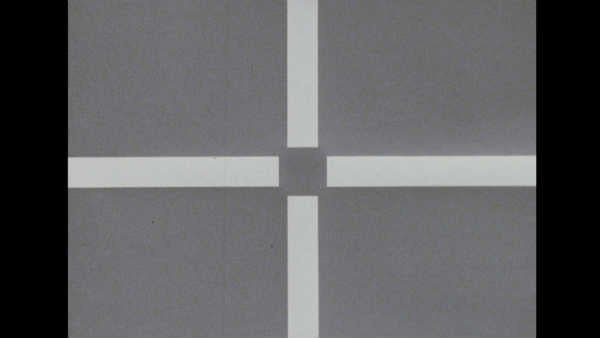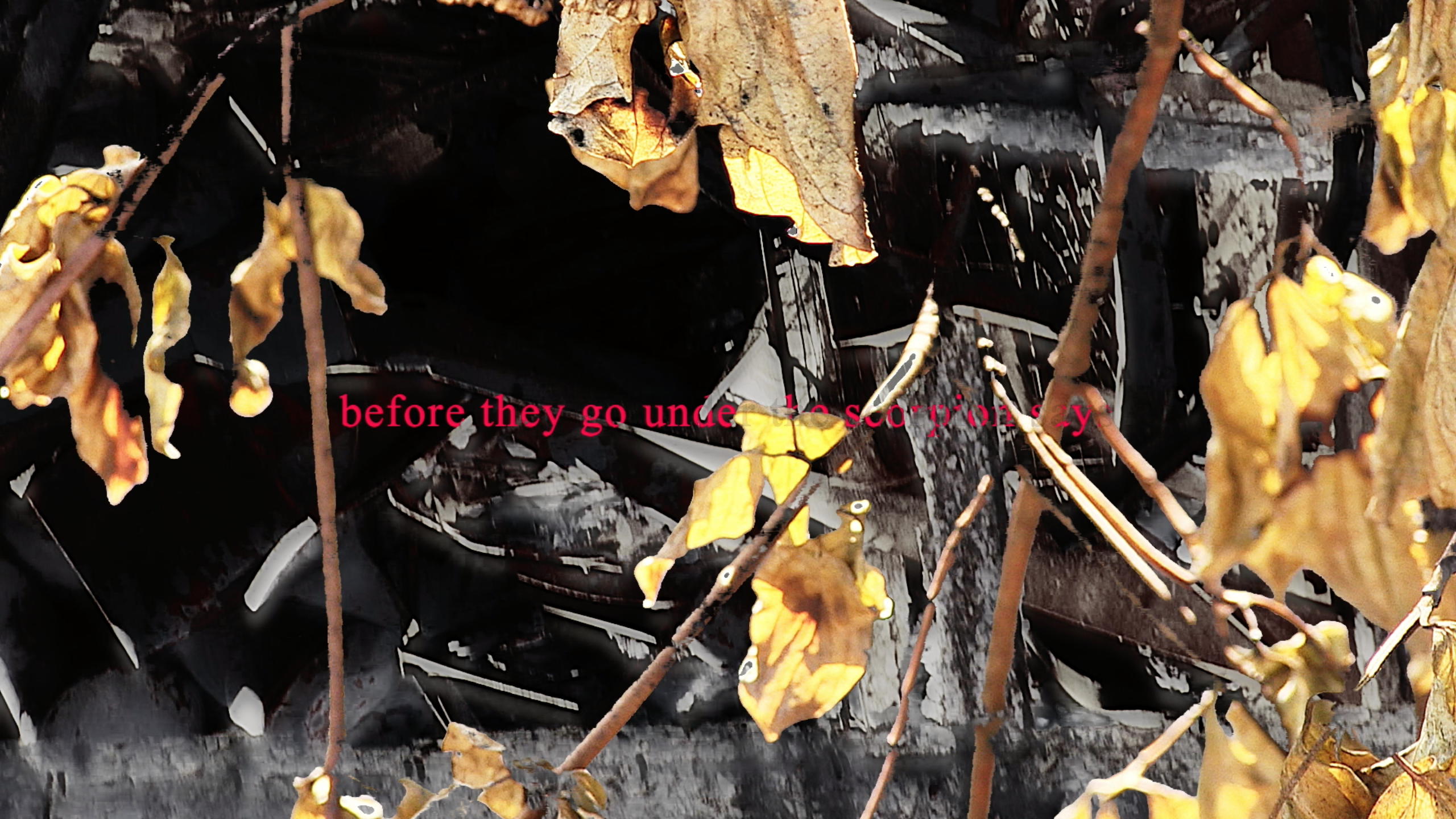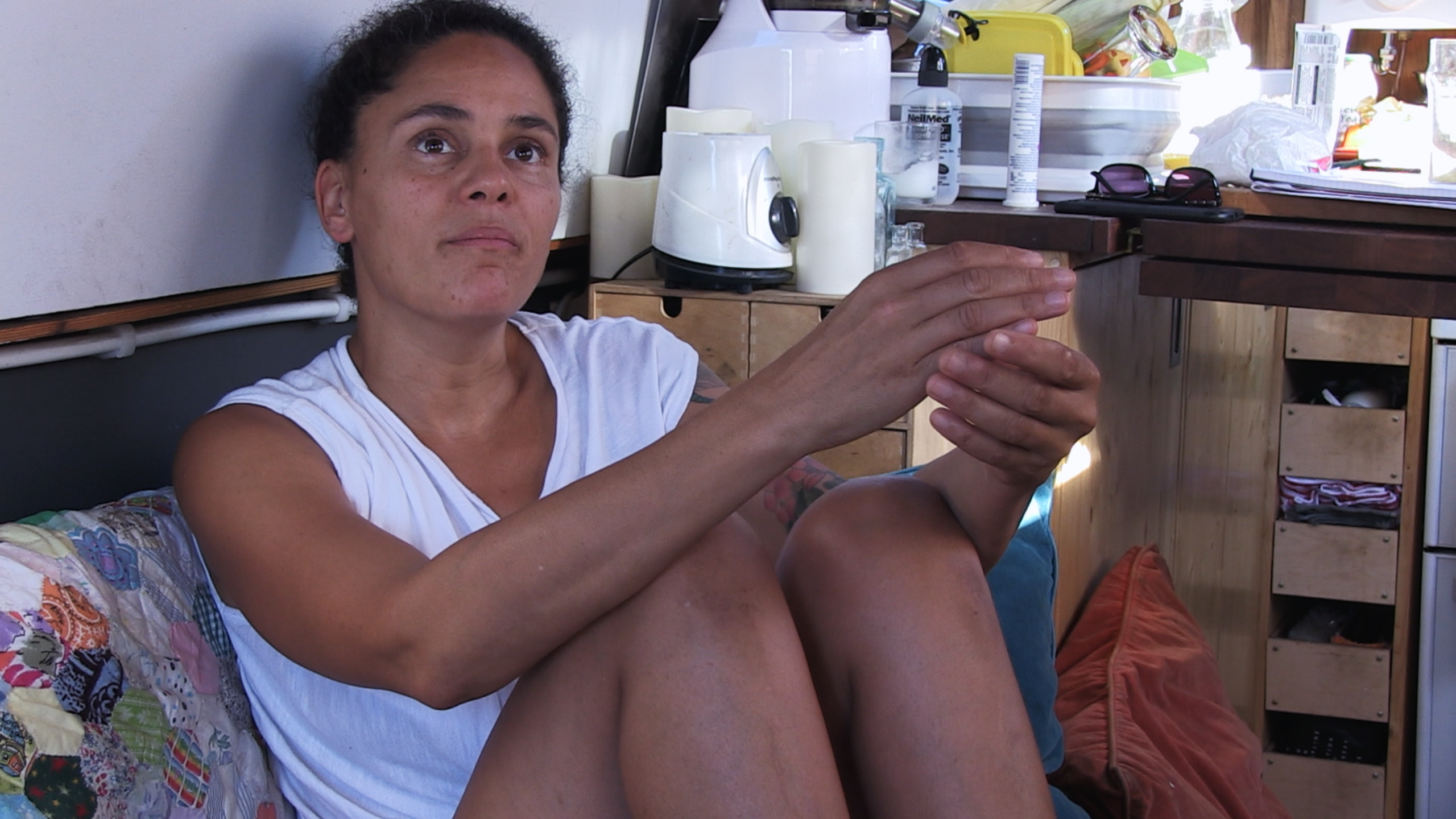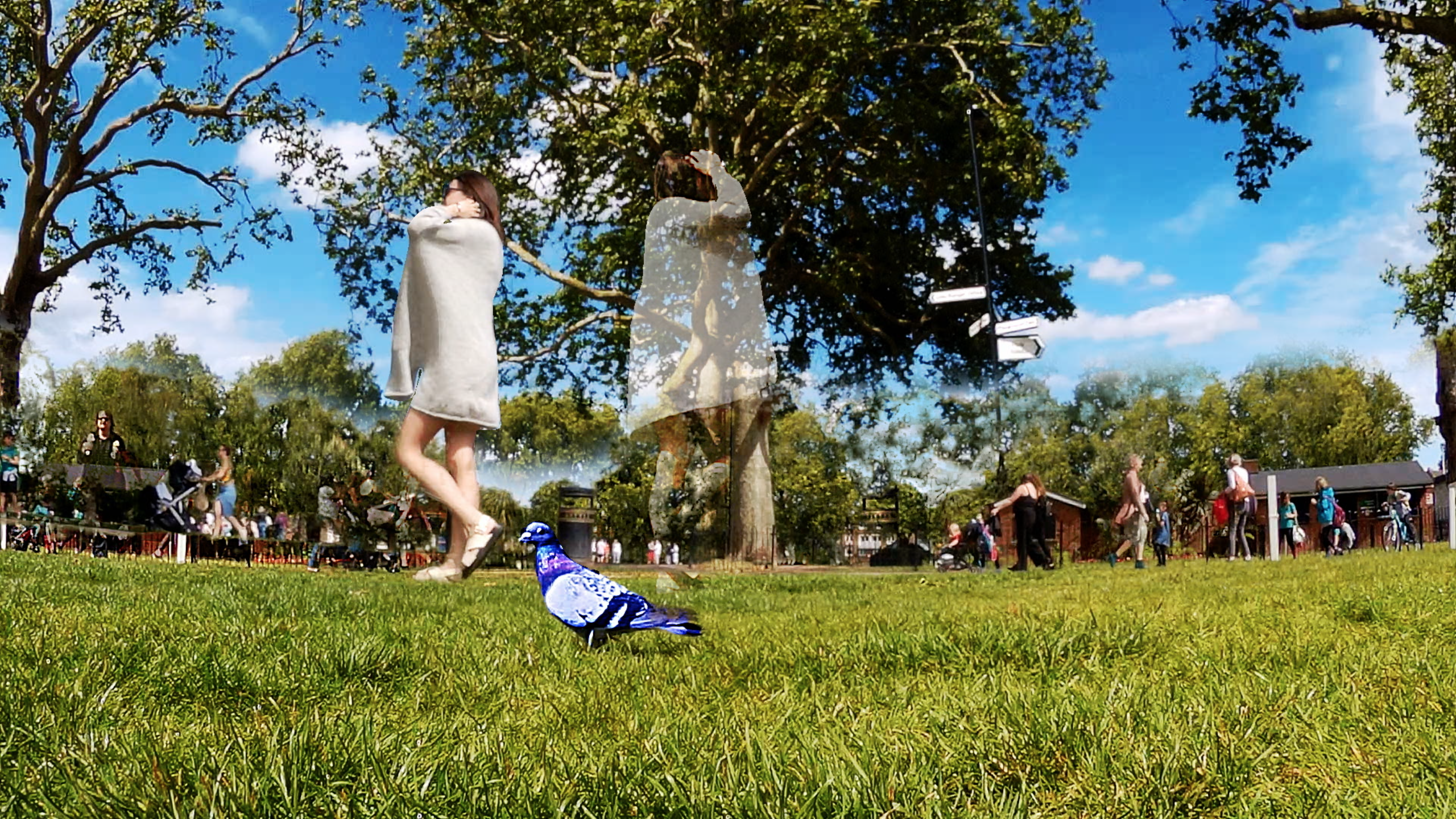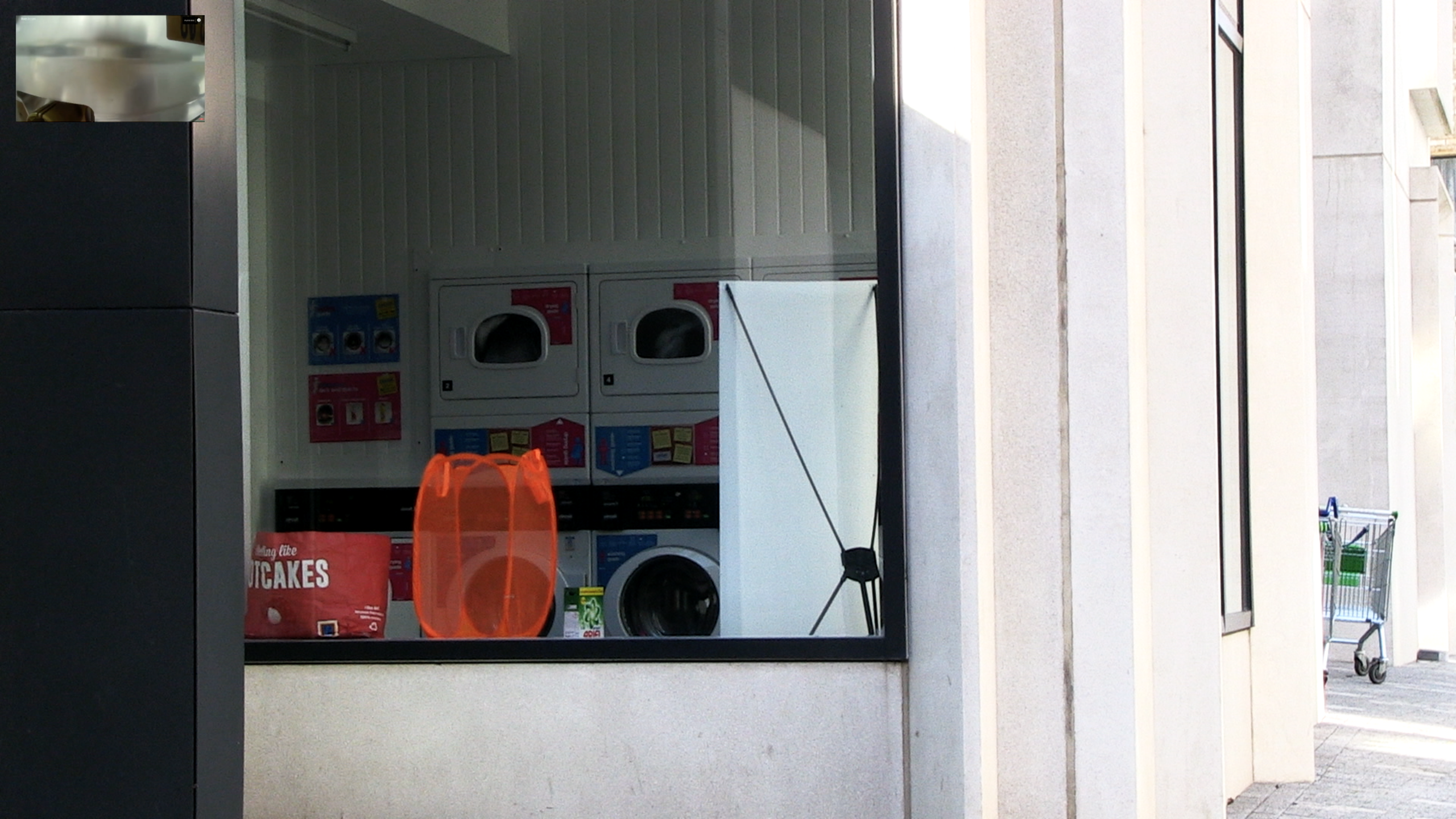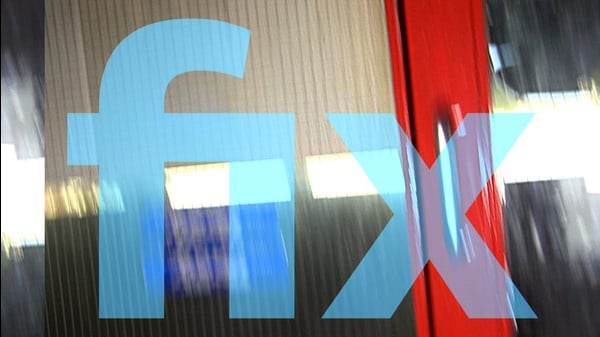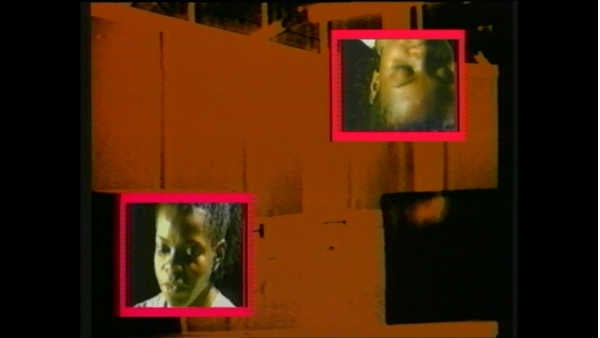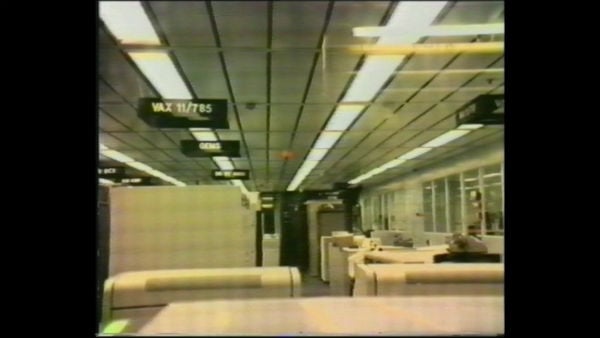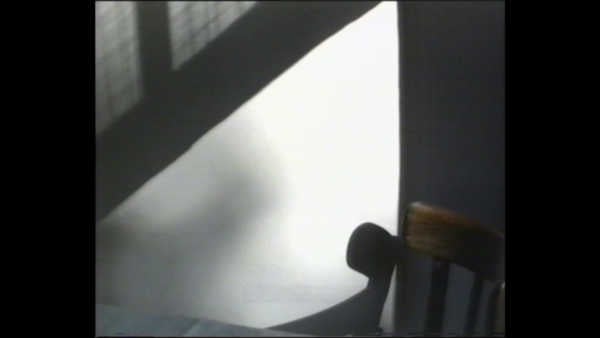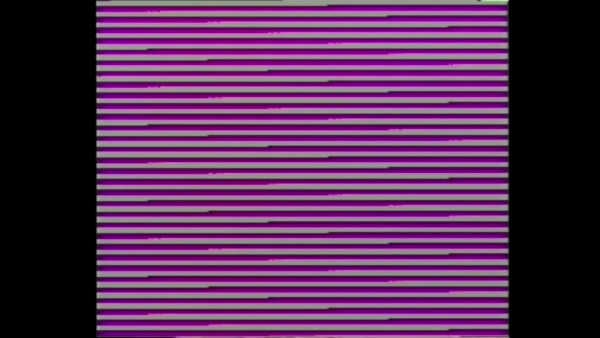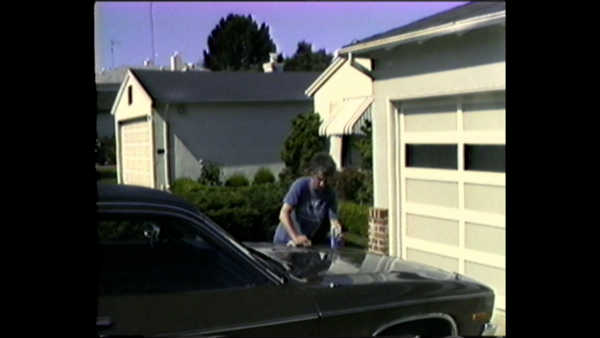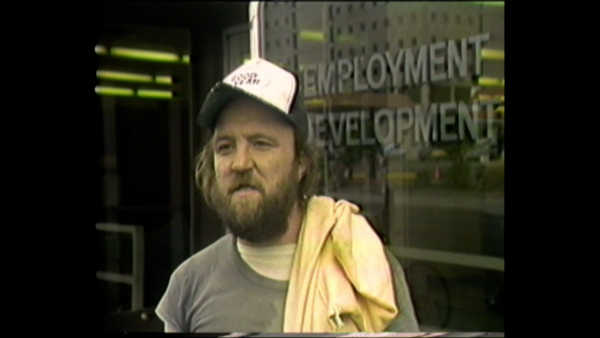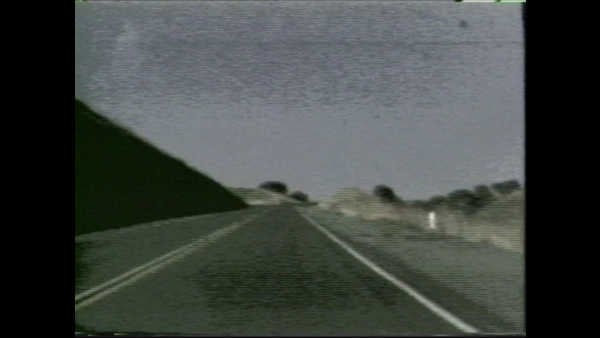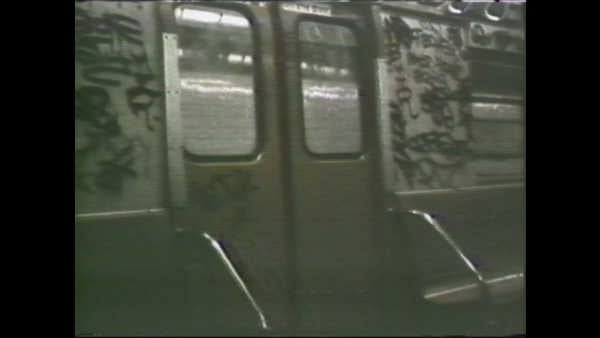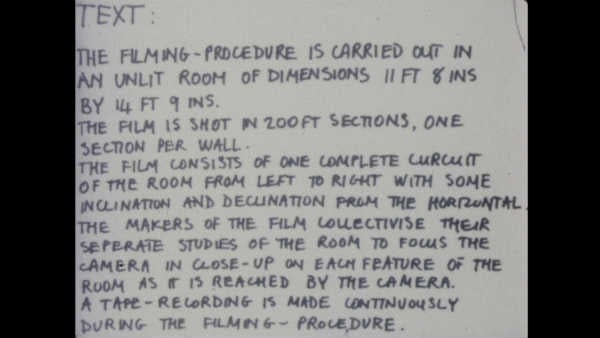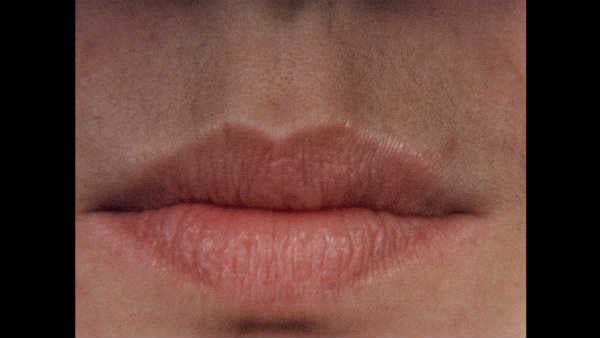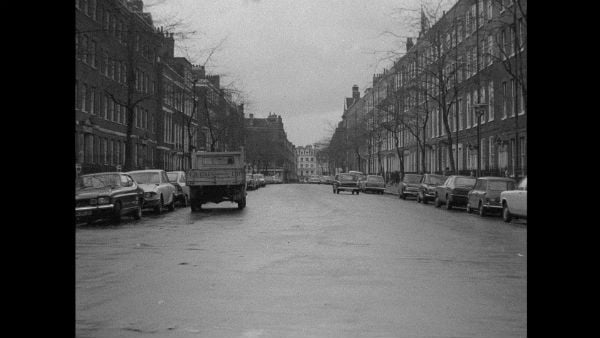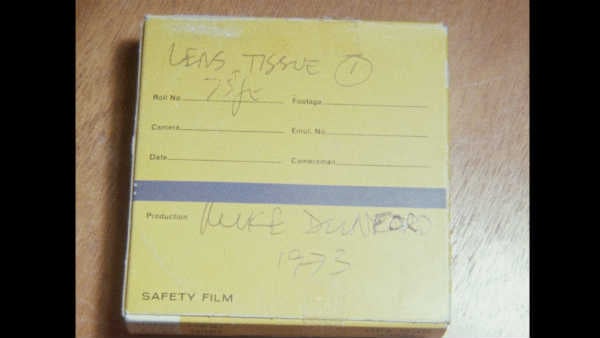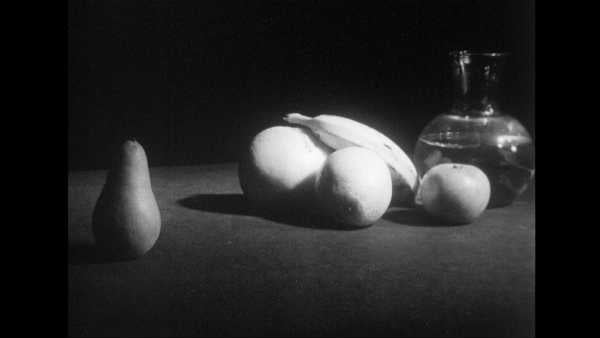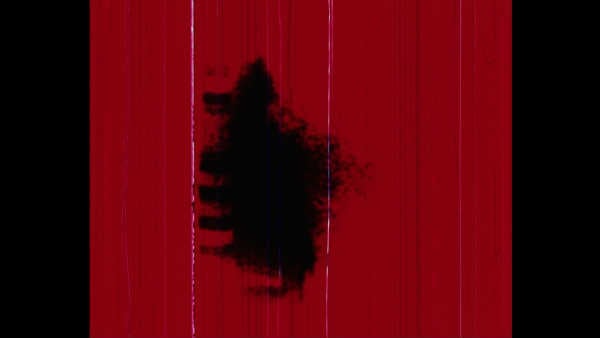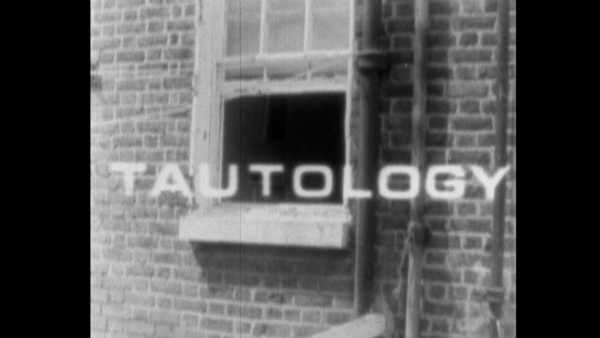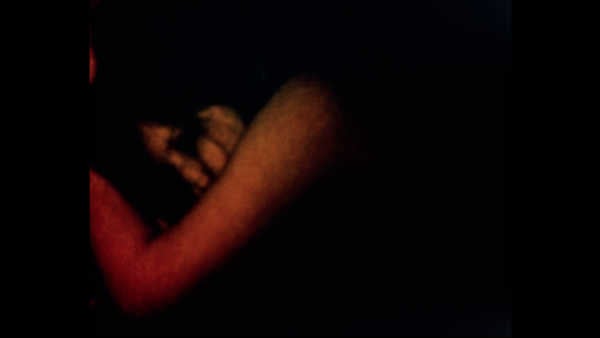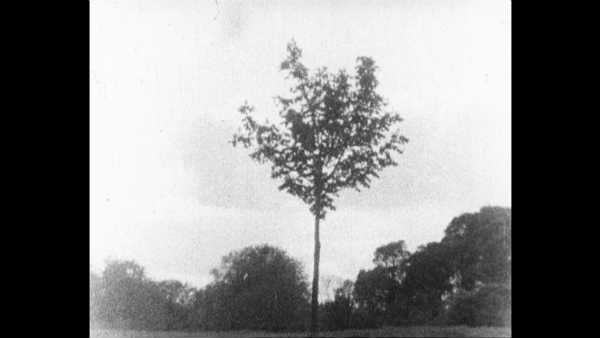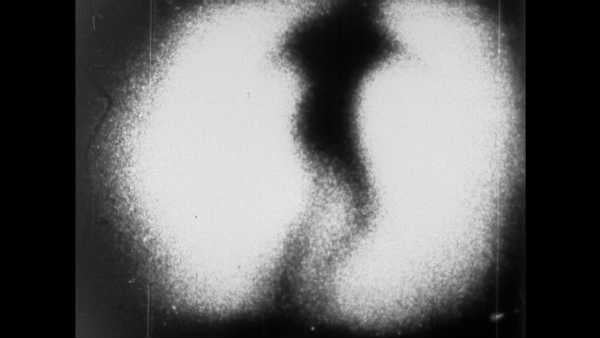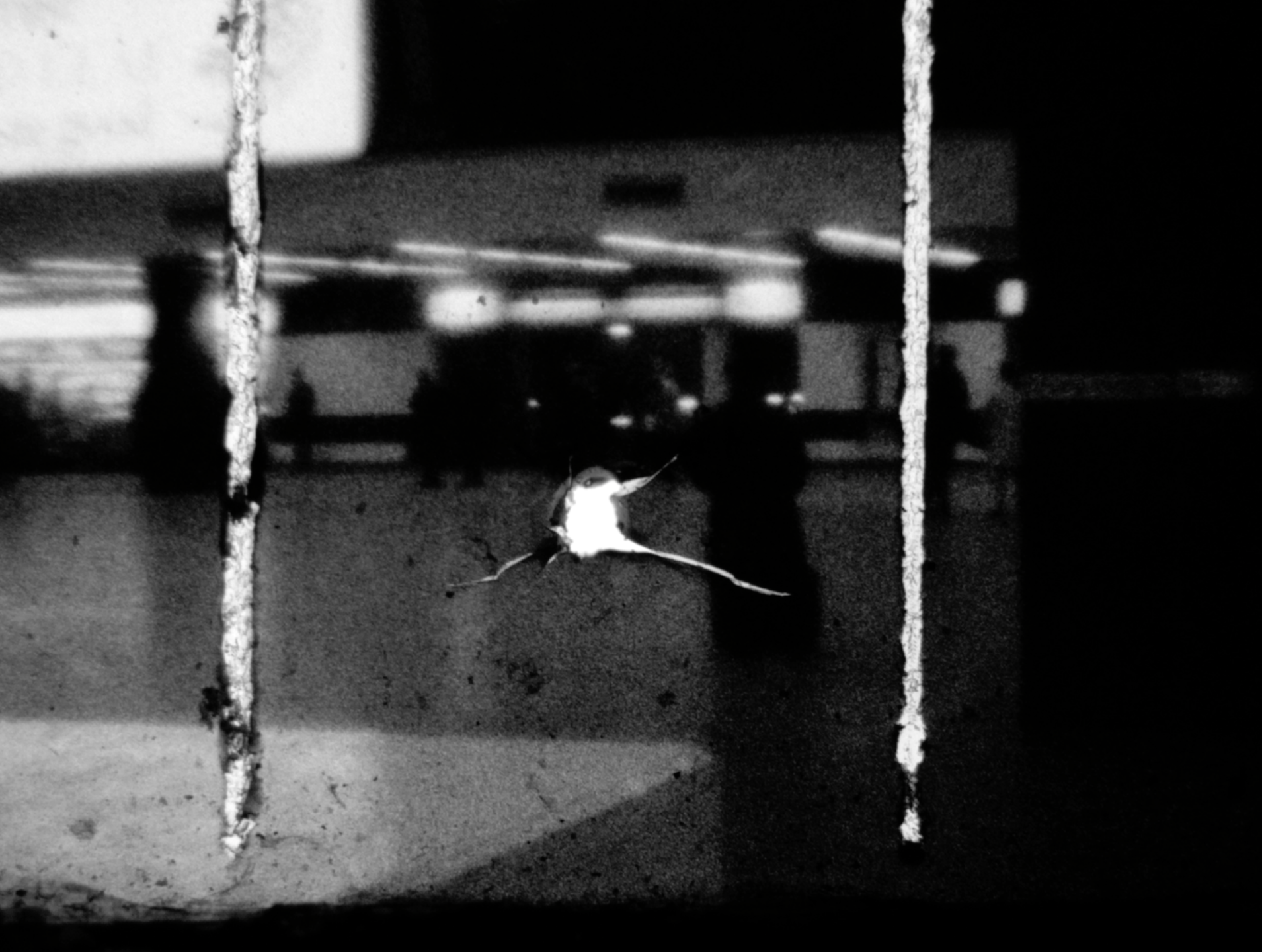La region Centrale by Michael Snow came out in 1971 and, like Wavelength, had a tremendous effect in the Experimental film community. Arbitrary Limits was, knowingly or not, my own response to that film, within my own contemporary concerns with film as a process of production of meaning, technical, ideological, and social. The framework of the film is, like the Snow film, constructed by a series of arbitrary, formal and unpredictable parameters. In Snow’s film the interacting parameters of the computer programming drove the camera support mechanism in the wilderness of Canada, in my film the parameters of my own slight abilities as a camera support mechanism, the arbitrary selection of film stock based on lack of funds and availability, and the choice of my girlfriend as sound operator in the back yard of the film coop in London. The project was however serious in intent, intellectually rigorous, although the carrying out (the social context within which the project took place and which mediated it) was frequently self parodying and unintentionally funny. Arbitrary Limits is a documentation, and a documentary, of the making of itself, a self-reflexive narrative that encompasses the relationship between film-maker and sound recordist, and their relation to the ongoing film, a commentary on the film’s production, and the gradual exposition, through asides, and partial explanations through the film, of what the film set-up, and its eventual notional outcome should be.The image is minimal, and without explanation or obvious narrative intent, just the visual result of a series of actions and decisions recorded casually as interchanges between cameraman and recordist. Each shot is determined by the length of camera wind on clockwork Bolex. When the camera is being wound there is no image. The sound is recorded continuously, with continuous background noise and activity taking place in the audible space. When there is no image there is an X similar to the X in the Snow film between shots. The sound recordist who was not an experimental filmmaker found it hard initially to take the project seriously. The cameraman has a tendency to overdramatise the physical role of camera support. The rigorousness of the editing is not always strictly adhered to.The first 10 minutes follows the logic of the documentary format, with image and soundtrack combining to reveal the intent of the film as a whole. But then having established the meta-narrative of neutral and transparent recording of an event, the film soundtrack is edited into a series of repetitions of the “next” section, establishing the film as a constructed post-representation of that event, subverting the transparency and apparent realism of the first section. When that resumes our relationship as viewer and participant is changed. The image from here becomes almost featureless, an even more attenuated version of the initial colour image. The interaction between the filmmaker and recordist becomes terse, workmanlike. The task of completing the film becomes paramount. The documentation of the planned action, and its potential, and necessary, element of boredom, becomes the focus. At about 17minutes the next 30-second section of filming is repeated on the soundtrack over the dividing X image. After this the film speeds up, abandoning the realist construct, driving out the social content, missing out the winding sections, clipping off comments, truncating the verbal interaction, jumping forward in film-time, as opposed to filming time, and the tremendous frenzied efforts, the “heroics” of production on the soundtrack mirror the collapsing image. The film ends, like an installation, with faded Polaroids of the filmmaker during making.It was during this period that my view of the film-object, as the sum of more than its material and technical parts, but as an expression of the ideology and social biology in which it was embedded, and which it expressed silently became foremost. The filmic gestalt became its subject matter, the ostensible filmic narrative is an excuse to examine the former.

